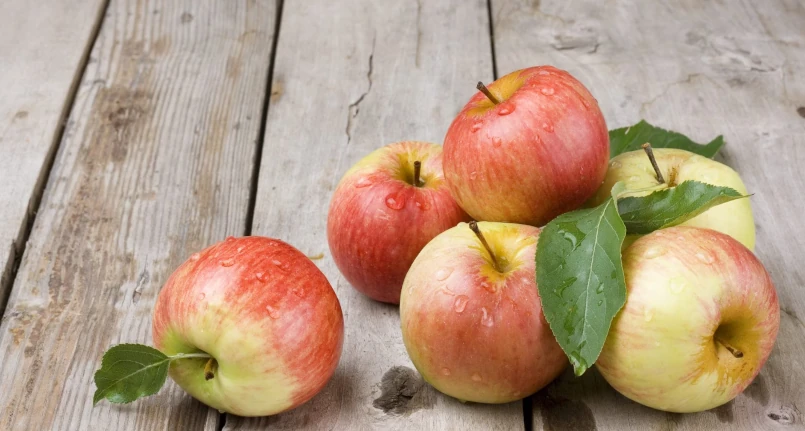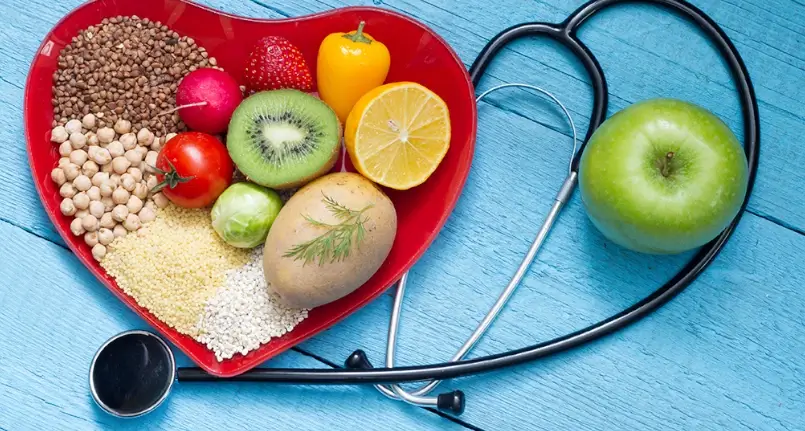There are those who eat it and those who eliminate it but usually as regards the peel of the fruit , the choice of ingesting it or not is dictated solely by taste .
The theories on whether it’s good or bad, in fact, are different and having a clear idea is sometimes difficult.
In the light of some recent investigations which have attested the presence of various beneficial substances in many fruit and vegetable peels , it now seems certain however that not wasting the external part of these elements is preferable , obviously with due care and bearing in mind that not all the peels are edible.
The importance of eating fruits and vegetables
Fruits and vegetables are an integral part of the Mediterranean diet and have long been recognized as essential if you want to lead a healthy diet .
Although consuming them regularly certainly does not prevent the onset of any disease, it undoubtedly helps to preserve a general state of well-being and health and to reduce the risk of developing certain pathologies such as obesity, type 2 diabetes and some types of cancer .
Depriving yourself of it, on the contrary, could lead to rather serious negative consequences. In fact, according to the World Health Organization, in 2017 around 3.9 million people would have died worldwide due to the low consumption of fruit and vegetables.
The WHO also recommends consuming about five portions of fruit and vegetables a day . If there is no doubt about the positive nature of a diet based on these foods , until now there has been less certainty about their skin.
What science says
Although it is necessary to distinguish between the different varieties of fruits and vegetables, most people tend to eliminate the peel or other external elements such as barks, stems, roots, seeds and pods.
However, some scientific research claims that this is an error because these parts considered waste contain many biologically active phytochemicals , such as flavonoids and polyphenols with antioxidant and antimicrobial properties .
However, these are not the only ones since other more specific studies have found the presence of additional beneficial substances.
Which peels are edible
- apples ,
- pears ,
- plums ,
- aubergines ,
- courgettes , tomatoes ,
- khaki ,
- carrots ,
- potatoes ,
- cucumbers ,
- garlic ,
- some types of squash .
Beyond the generic indications, it is good to remember that not all the external parts of fruit and vegetables can be eaten .
The peel of some citrus fruits can also be eaten , provided however that the wording “inedible” is not written on it, which, if present, indicates that it has been subjected to treatments which no longer make it edible.
Among the most positive for health is the apple peel , rich in antioxidants among which quercetin stands out , precious for combating various pathologies, first of all degenerative or respiratory ones.
In addition, unpeeled apples would provide the body with 15% more vitamin C , 26% more vitamin K , 20% more calcium , 19% more potassium and 85% more of fiber compared to peeled apples.
The peel of the mandarin , on the other hand, is rich in vitamins C and P, amino acids , essential oils and fibres. Its composition gives it a powerful anti-inflammatory , antioxidant, antibacterial, disinfectant and antiglycemic power.
The most common substances in the peel of fruit and vegetables are antioxidants , very important substances for health because they counteract the action of free radicals , mainly responsible for cellular aging and the consequent onset of certain pathologies such as diabetes , obesity, cardiovascular and neurodegenerative diseases .
Which skins should be eliminated
- banana ,
- melon ,
- pineapple ,
- mango ,
- avocados ,
- watermelon ,
- loquat ,
- coconut ,
- onion ,
- garlic.
In the face of so much positive news, it is also good to reiterate that not all fruit can be eaten with the peel , given that some external parts are not edible and could lead to serious consequences if ingested.
Furthermore, others, although not dangerous, have an unpleasant taste which makes it inadvisable to eat them.
How to eat the peel without risk
To eat fruit and vegetables without depriving them of their natural casing, however, it is necessary to wash them very well since on the outside there could be pesticides used during cultivation , or smog, dust and other harmful agents for health.
To be sure of eliminating any danger it is better not to limit yourself to using water but to add a little sodium bicarbonate to it .
Alternatively, you can also blanch the foods you want to eat in their skins for a few minutes and then cool them in water. According to a recent study, in this way the risk of harmful contamination for the body would be lowered by over 50%.
If you intend to eat fruit and vegetables without removing the peel, a suggestion is also to prefer organic varieties or get supplies from a trusted seller.




